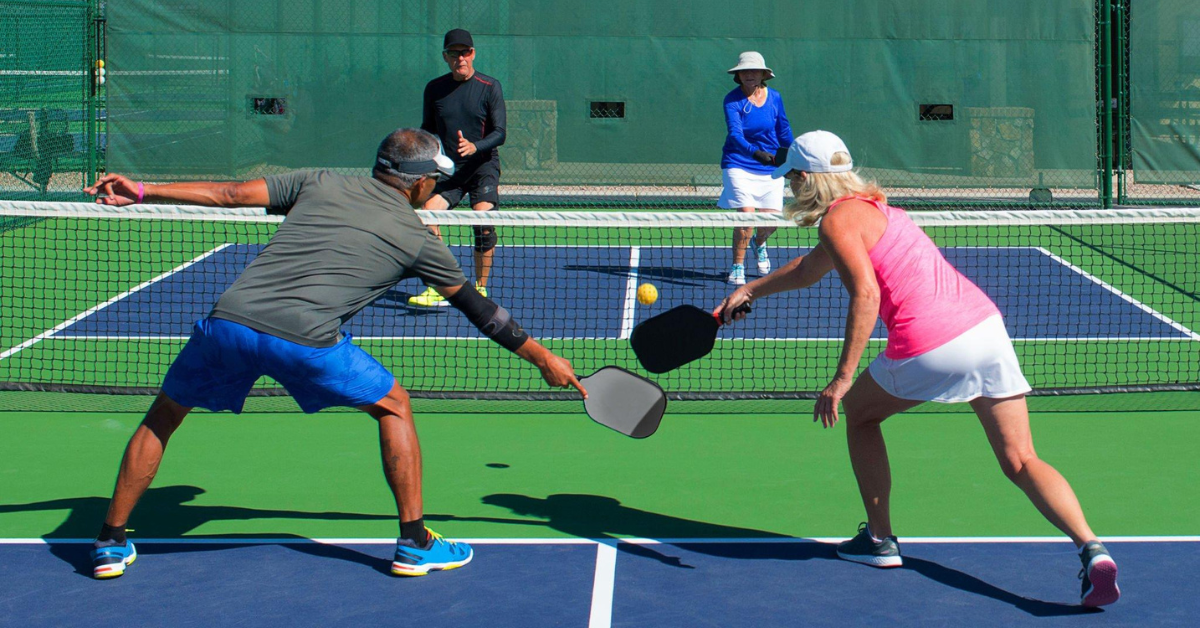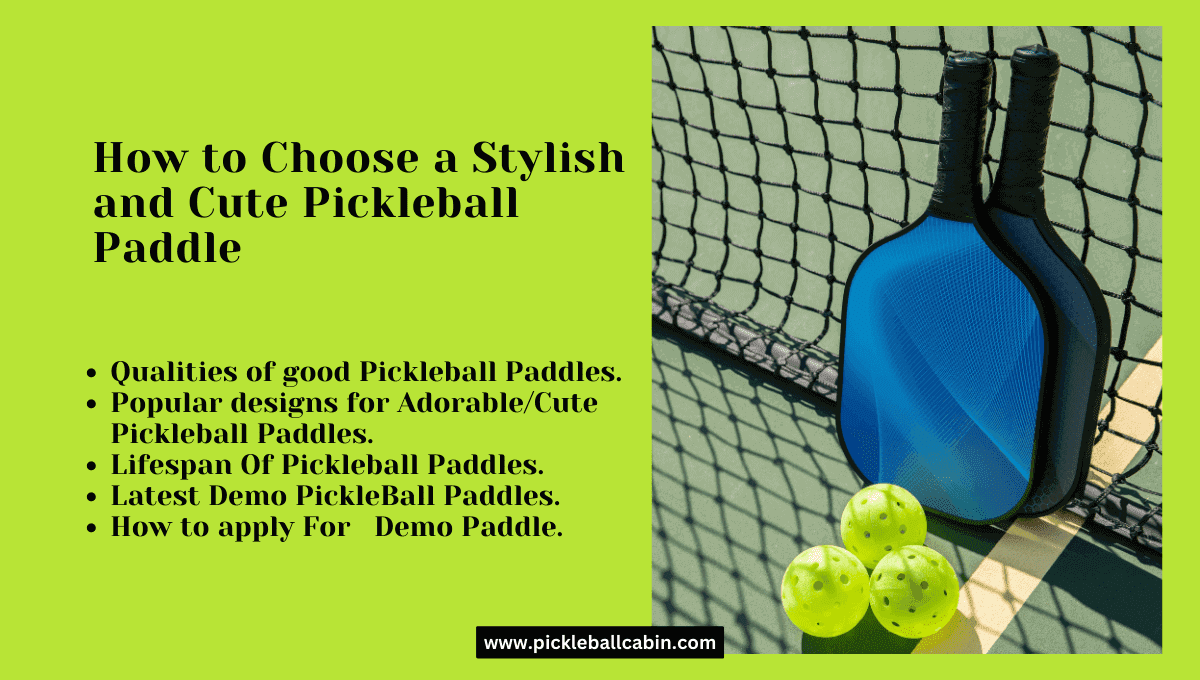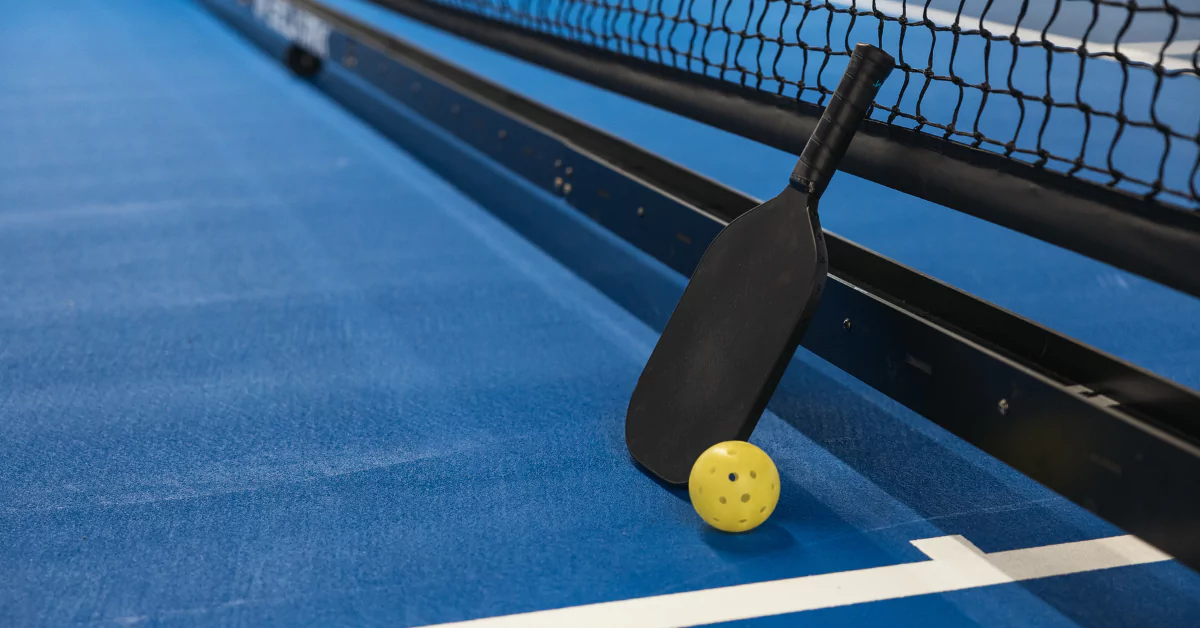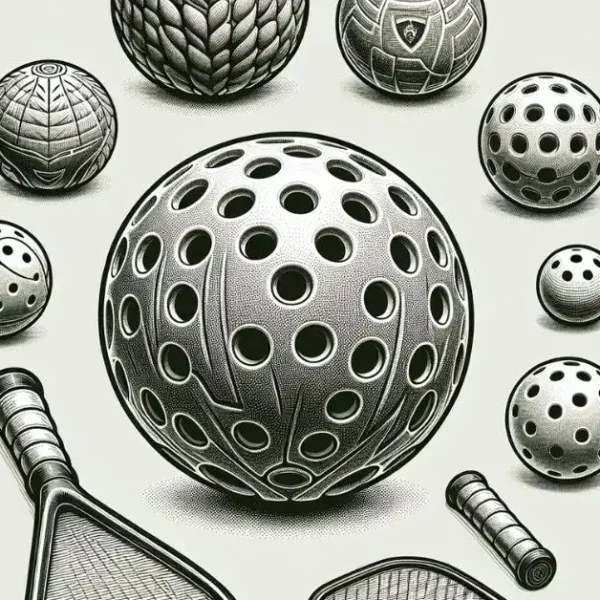Pickleball is easy to learn, but challenging to master. If you want to take your game to the next level, you need to have a Some Good Level pickleball strategy. A pickleball strategy is a plan of action that helps you win more points and games by using your skills and tactics effectively. In this article, we will share with you the best pickleball strategy that will help you outsmart your opponents and improve your performance on the court.
Show up for the serve
The serve is the first shot of every pickleball rally, and it can set the tone for the rest of the point. A good serve can give you an advantage over your opponent, while a bad serve can put you in a defensive position. Therefore, it is important to show up for the serve with confidence and consistency.
Some tips for a good serve are:
- Use an underhand motion and hit the ball below your waist level.
- Aim for the center of the paddle and hit the ball with a smooth and relaxed swing.
- Hit the ball deep into your opponent’s court, preferably to their weaker side (usually the backhand).
- Vary the speed, spin, and placement of your serve to keep your opponent guessing.
- Avoid hitting the net or out of bounds, as you only have one chance to serve.
Return for a reward
The return of serve is the second shot of every pickleball rally, and it can determine whether you gain or lose control of the point. A good return of serve can put pressure on your opponent and allow you to move forward to the net, while a bad return of serve can give your opponent an easy opportunity to attack. Therefore, it is important to return for a reward with accuracy and depth.
Some tips for a good return of serve are:
- Stand at least a foot behind the baseline and be ready to move in any direction.
- Watch the ball carefully and anticipate the speed, spin, and direction of the serve.
- Use a compact and controlled swing to hit the ball back to your opponent’s court.
- Hit the ball deep into your opponent’s court, preferably to their weaker side (usually the backhand).
- Avoid hitting the ball too high or too short, as this will give your opponent a chance to hit a third shot drop or drive.
Utilize the third shot drop
The third shot drop is one of the most important shots in pickleball, as it can help you transition from the baseline to the net. The third shot drop is a soft and high shot that lands in your opponent’s non-volley zone (also known as the kitchen), forcing them to hit the ball up. This will give you time to move forward and gain an offensive position at the net.
Some tips for a good third shot drop are:
- Use a continental grip (also known as the hammer grip) and hold the paddle in front of your chest.
- Bend your knees and lower your center of gravity.
- Swing from low to high and hit under the ball with a gentle push or slice motion.
- Aim for a high arc over the net and land the ball near your opponent’s feet or sideline.
- Avoid hitting the ball too hard or too low, as this will make it easier for your opponent to volley or smash.
Drive with a purpose
The drive is another option for the third shot, especially if you are playing against opponents who are good at handling drops. The drive is a fast and flat shot that goes over the net with little or no bounce. The drive can surprise your opponent and force them to make a weak or defensive shot. However, driving with a purpose means not just hitting hard, but also hitting smart.
Some tips for a good drive are:
- Use an eastern forehand or backhand grip (also known as the handshake grip) and hold the paddle slightly below your waist level.
- Step into the ball and rotate your hips and shoulders.
- Swing from high to low and hit through the ball with a firm wrist.
- Aim for a low trajectory over the net and land the ball deep in your opponent’s court.
- Avoid hitting the ball too high or too wide, as this will give your opponent time to react or hit an angle shot.
Keep the pickleball low
One of the key principles of pickleball strategy is to keep the pickleball low whenever possible. This means hitting shots that make your opponent hit up on the ball, rather than down on it. By keeping the pickleball low, you will reduce your opponent’s chances of hitting winners or forcing errors from you.
Some tips for keeping the pickleball low are:
- Use topspin or slice to make the ball dip or skid after bouncing.
- Hit volleys or half-volleys with a downward angle or punch motion.
- Hit dinks or drops with a soft touch or slice motion.
- Aim for your opponent’s feet or the lowest part of the net.
- Avoid hitting the ball too high or too hard, as this will make it easier for your opponent to hit down on it.
Dink, dink, and dink some more
The dink is a soft and short shot that lands in your opponent’s non-volley zone, usually near the net. The dink is a crucial shot in pickleball, as it can help you win long and patient rallies at the net. The dink can also set up opportunities for you to hit a put-away shot or force an error from your opponent.
Some tips for a good dink are:
- Use a continental grip and hold the paddle in front of your chest.
- Bend your knees and lower your center of gravity.
- Swing from low to high and hit under the ball with a gentle push or slice motion.
- Aim for a high arc over the net and land the ball near your opponent’s feet or sideline.
- Avoid hitting the ball too hard or too low, as this will make it easier for your opponent to volley or smash.
Look to attack
While pickleball is a game of patience and consistency, it is also a game of aggression and opportunism. You should always look to attack when you have a chance, especially if you are at the net. Attacking means hitting shots that put your opponent on the defensive or end the point in your favor.
Some tips for attacking are:
- Use an eastern forehand or backhand grip and hold the paddle slightly above your waist level.
- Step into the ball and rotate your hips and shoulders.
- Swing from high to low and hit through the ball with a firm wrist.
- Aim for an open space or a weak spot on your opponent’s court.
- Avoid hitting the ball into the net or out of bounds, as this will give away easy points.
Watch the pickleball & hit the pickleball out in front
One of the most basic but essential skills in pickleball is to watch the pickleball and hit the pickleball out in front. This means keeping your eyes on the ball at all times and hitting it before it reaches your body. By watching and hitting the pickleball out in front, you will improve your timing, accuracy, and power.
Some tips for watching and hitting the pickleball out in front are:
- Use a split step (a small hop) to get ready for every shot.
- Keep your head still and focus on the ball until it hits your paddle.
- Hit the ball when it is at its highest point or slightly before it starts to drop.
- Hit the ball with a forward motion and follow through with your swing.
- Avoid taking your eyes off the ball or hitting it behind you, as this will affect your balance and control.
Block to stay in beast mode
The block is a defensive shot that can help you stay in beast mode when your opponent hits a hard or fast shot at you. The block is not a swing, but rather a firm and stable position of your paddle that deflects the ball back to your opponent’s court. The block can neutralize your opponent’s attack and give you time to recover.
Some tips for a good block are:
- Use a continental grip and hold the paddle in front of your chest.
- Keep your elbows close to your body and your wrists locked.
- Move your paddle slightly forward and angle it slightly down.
- Absorb the impact of the ball with your paddle and let it bounce off naturally.
- Avoid swinging at the ball or moving your paddle too much, as this will affect your accuracy and consistency.





